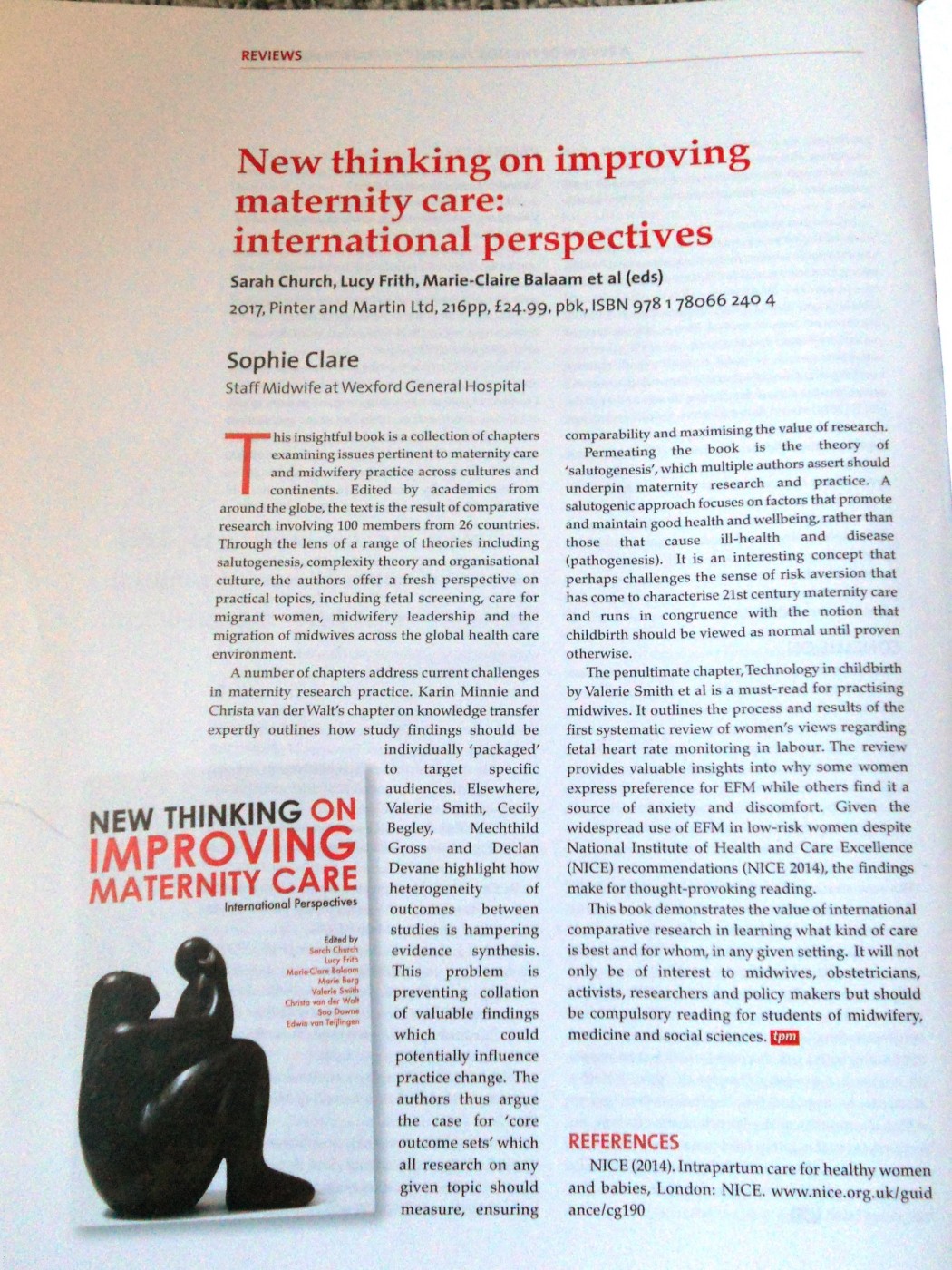 Sometimes we use the BU Research Blog to report on our own research and publications, sometimes post blogs about the works of colleagues. Occasionally we have the pleasure to report on something written about, or in reply to, our own studies. This book review in The Practising Midwife [1] falls in the latter category as it reviews our recently published edited volume New Thinking on Improving Maternity Care: International Perspectives. This volume is edited by academic from across the varies countries [2]. The book is the result of years of comparative international research, funded by the EU (European Union) through its COST Action. The book sets out to generate the best possible evidence across a range of childbirth practices, contexts, and issues in Europe (and beyond).
Sometimes we use the BU Research Blog to report on our own research and publications, sometimes post blogs about the works of colleagues. Occasionally we have the pleasure to report on something written about, or in reply to, our own studies. This book review in The Practising Midwife [1] falls in the latter category as it reviews our recently published edited volume New Thinking on Improving Maternity Care: International Perspectives. This volume is edited by academic from across the varies countries [2]. The book is the result of years of comparative international research, funded by the EU (European Union) through its COST Action. The book sets out to generate the best possible evidence across a range of childbirth practices, contexts, and issues in Europe (and beyond). 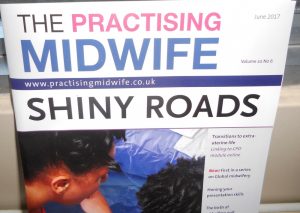
The reviewer is Sophie Clare a Staff Midwife at Wexford General Hospital finds it an insightful book which is “a collection of chapters examining issues pertinent to maternity care and midwifery practice across cultures and continents.” She concludes that our book “demonstrates the value of international comparative research in learning what kind of care is best and for whom, in any given setting.”
Professor Edwin van Teijlingen
Centre for Midwifery, Maternal & Perinatal Health
References:
- Clare, S. (2017) New Thinking on Improving Maternity Care: International Perspectives, Sarah Church, Lucy Firth, Marie-Claire Balaam et al (ads) 2017, Pinter and Martin Ltd, 216pp, £24.99, pbk, ISBN 978 178066 240 4 [book review], The Practising Midwife 20(6):36.
- Church, C., Firth, L., Balaam, M-C., Berg, M., Smith, V., van der Walt, C., Downe, S., van Teijlingen, E. (Eds.) (2017) New Thinking on Improving Maternity Care: International Perspectives, London: Pinter & Martin
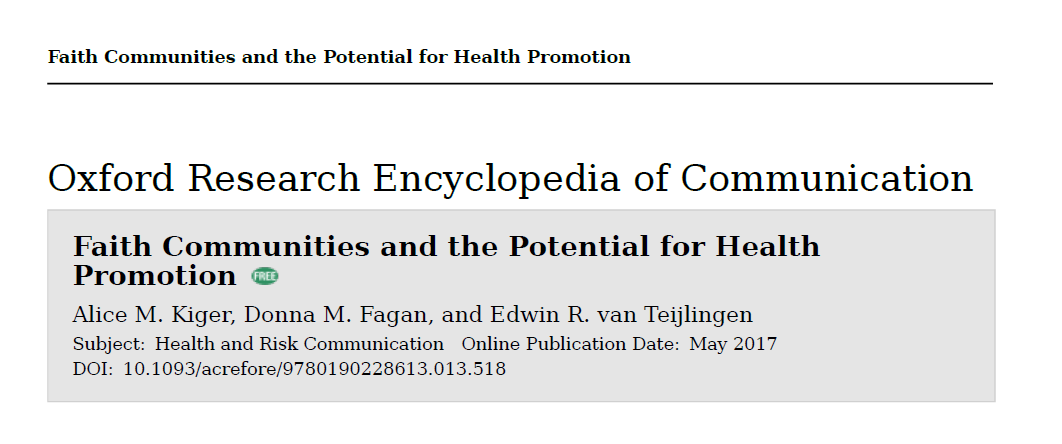
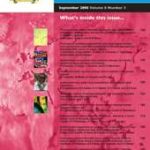
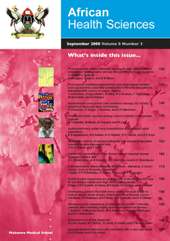
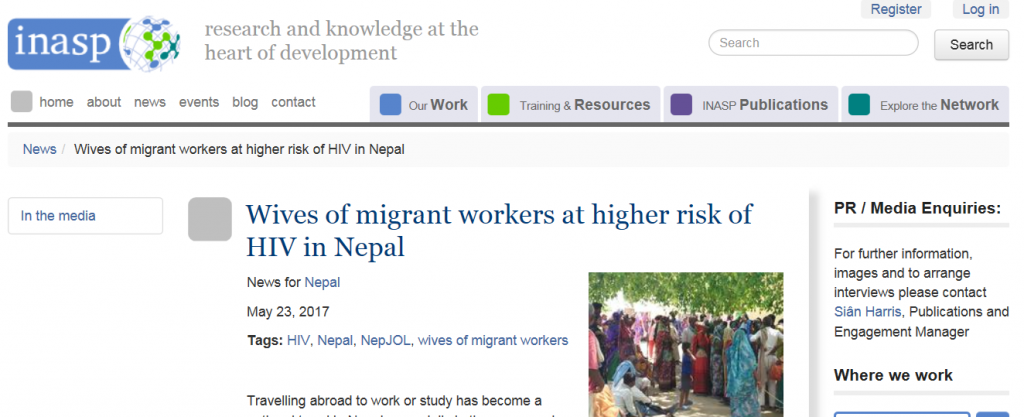
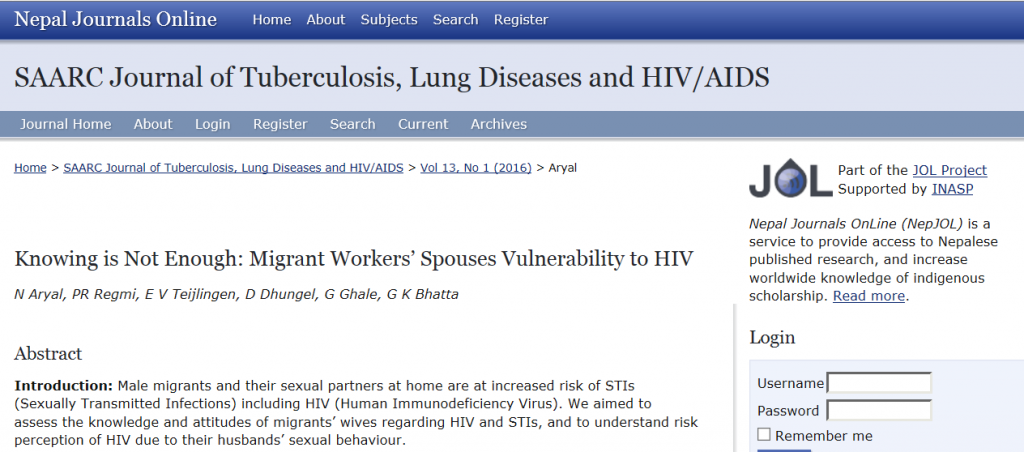
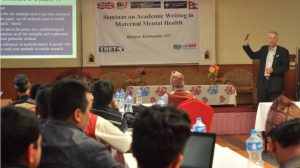
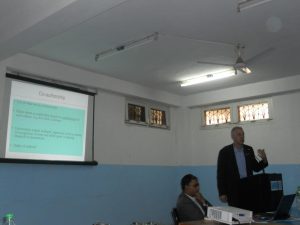
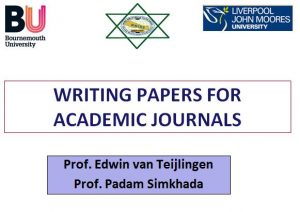


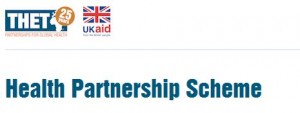


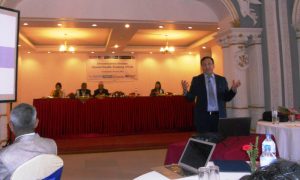
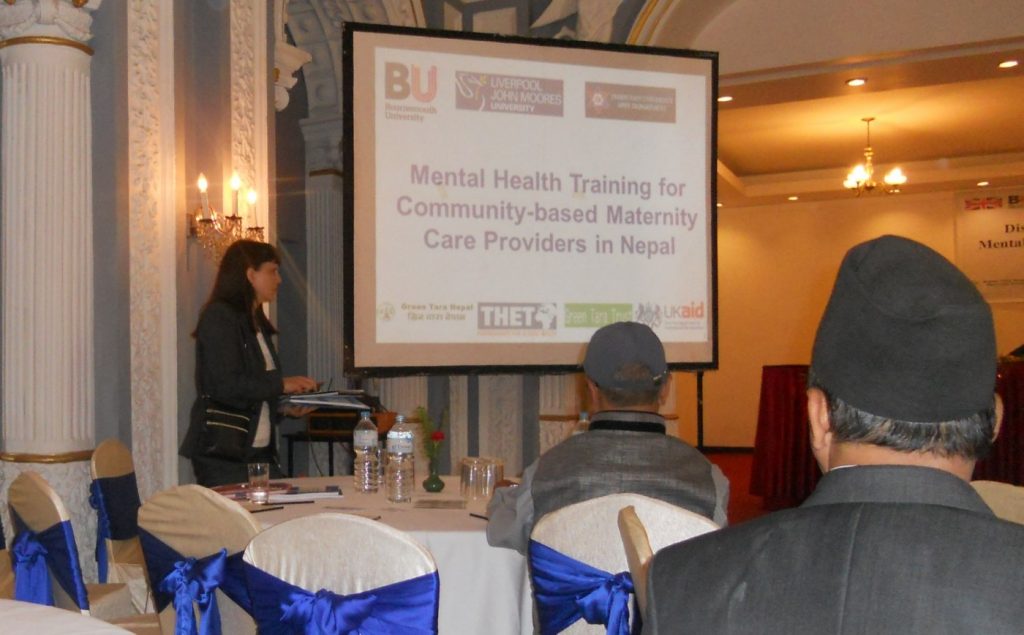
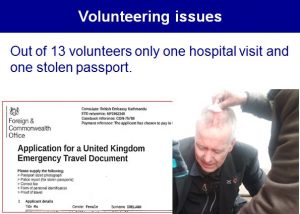
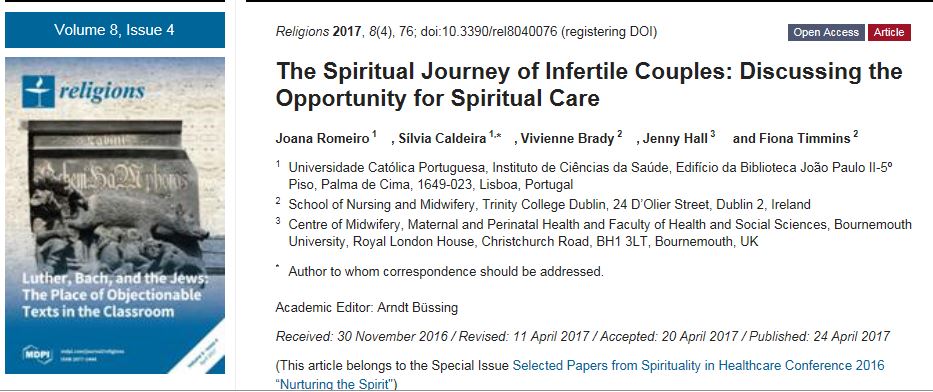


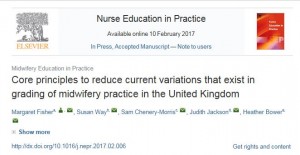

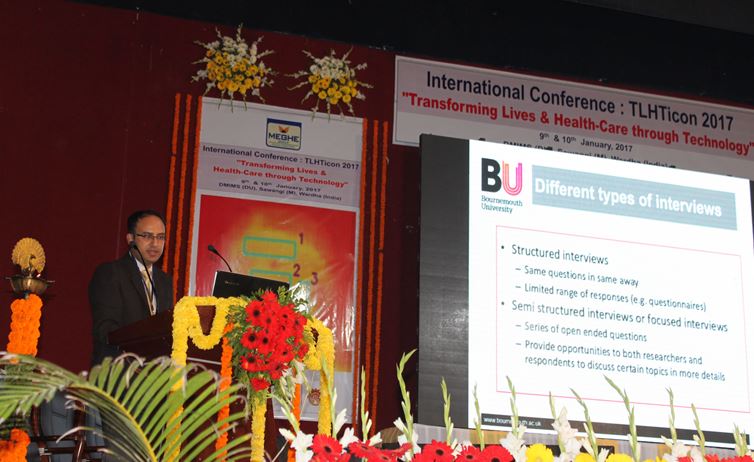
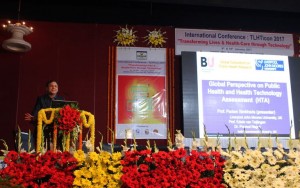

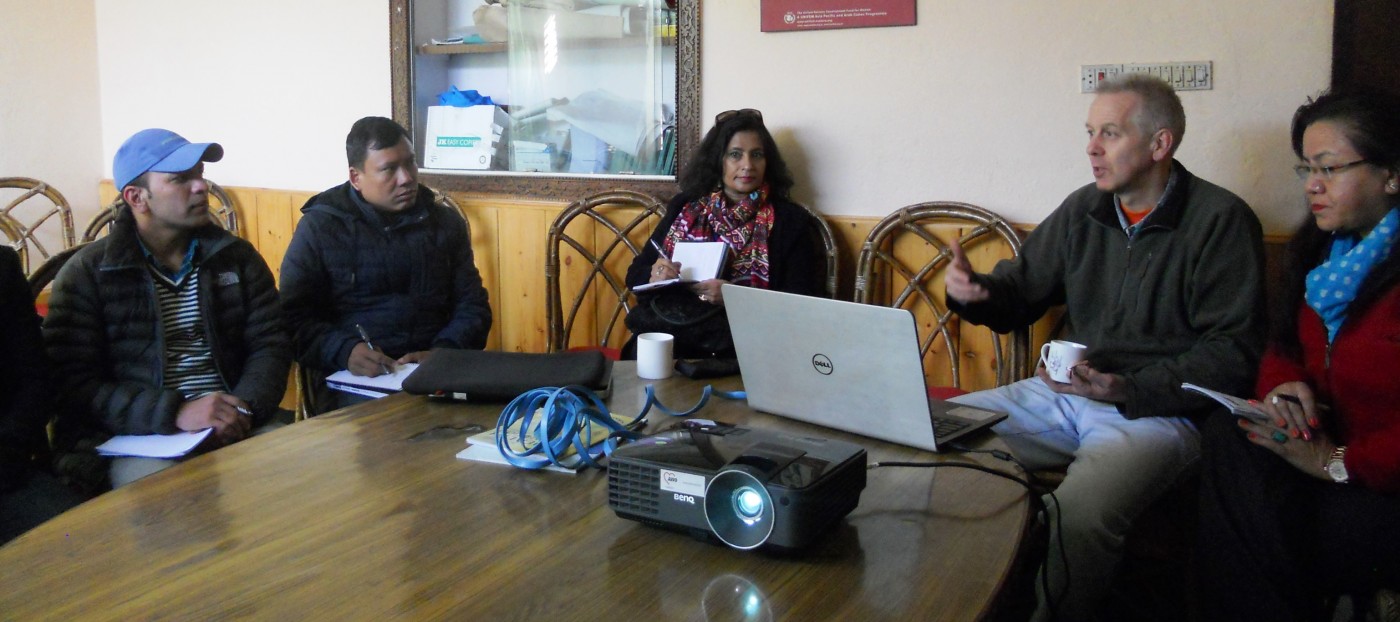


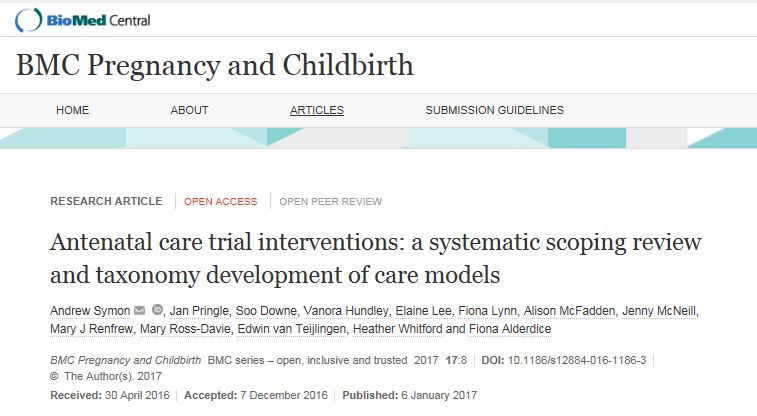
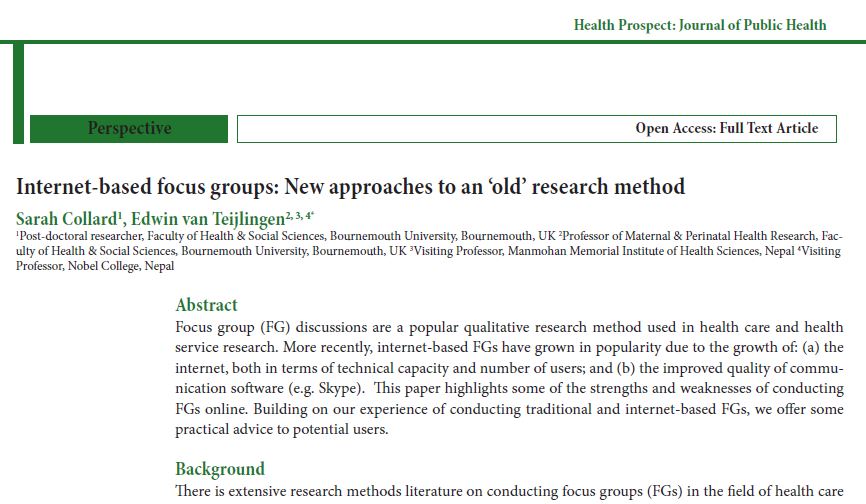

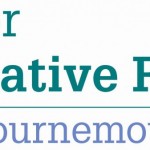











 Up2U: New BU academic publication
Up2U: New BU academic publication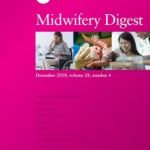 New BU midwifery paper
New BU midwifery paper BU academic publishes in online newspaper in Nepal
BU academic publishes in online newspaper in Nepal Final day of the ESRC Festival of Social Science
Final day of the ESRC Festival of Social Science Using Art to enhance Research
Using Art to enhance Research ECR Funding Open Call: Research Culture & Community Grant – Application Deadline Friday 12 December
ECR Funding Open Call: Research Culture & Community Grant – Application Deadline Friday 12 December MSCA Postdoctoral Fellowships 2025 Call
MSCA Postdoctoral Fellowships 2025 Call ERC Advanced Grant 2025 Webinar
ERC Advanced Grant 2025 Webinar Horizon Europe Work Programme 2025 Published
Horizon Europe Work Programme 2025 Published Horizon Europe 2025 Work Programme pre-Published
Horizon Europe 2025 Work Programme pre-Published Update on UKRO services
Update on UKRO services European research project exploring use of ‘virtual twins’ to better manage metabolic associated fatty liver disease
European research project exploring use of ‘virtual twins’ to better manage metabolic associated fatty liver disease